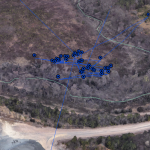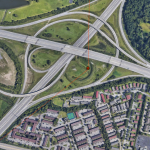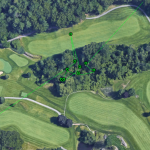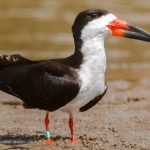← Back
American woodcock are tracked using Argos satellite telemetry
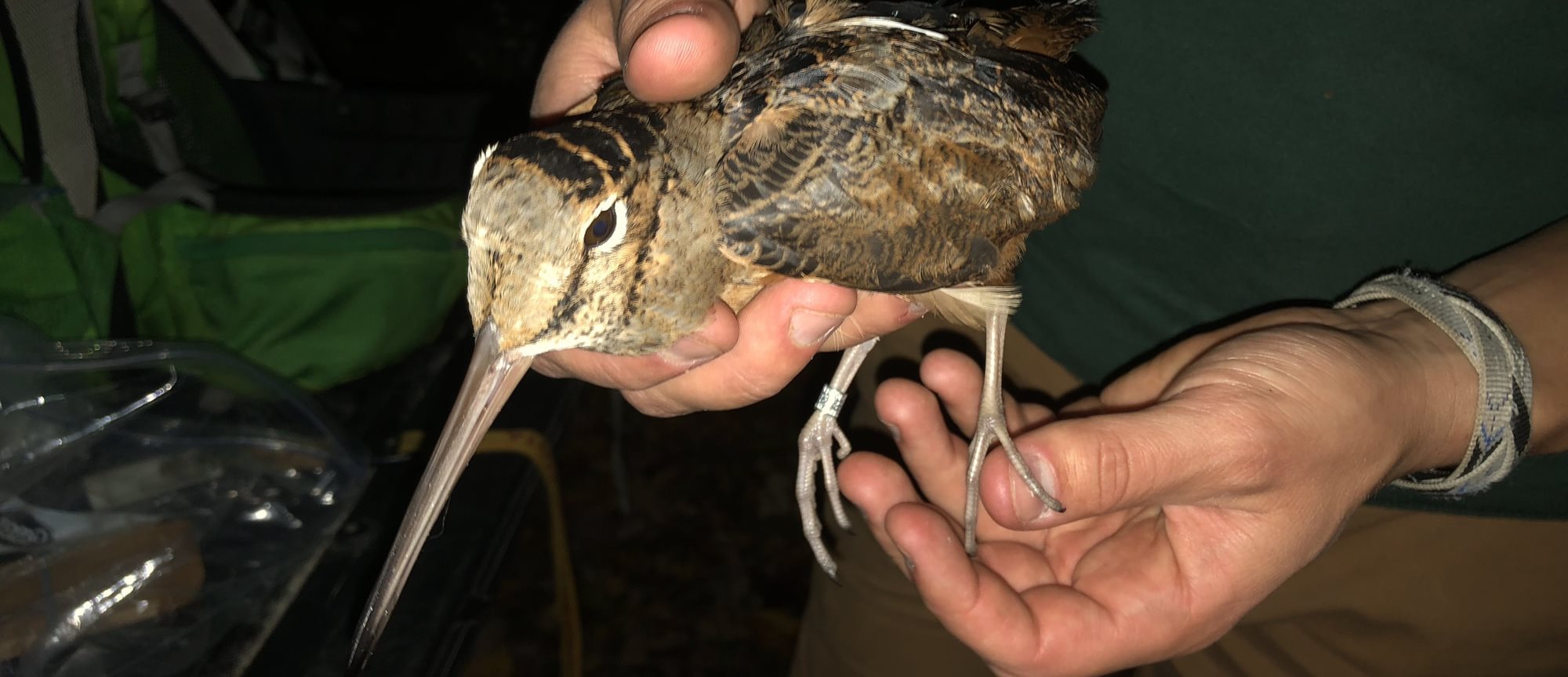
American woodcock are tracked using Argos satellite telemetry by the Eastern Woodcock Migration Research Cooperative. Those migratory birds, travel nocturnally along the Eastern and central part of North America. Their secretive behavior makes their migratory behavior largely undescribed. Thanks to satellite telemetry, their migration is now tracked continuously by the Eastern Woodcock Migration Research Cooperative (EWMRC) with 4, 5 or 6.3-g Argos PTTs.
American woodcock
American Woodcock (Scolopax minor) are migratory forest birds living in the Eastern and central part of the north American continent. As their Eurasian counterparts (see Scolopax rusticola without frontiers on the Eurasian woodcock), they migrate nocturnally in Fall (October-December) and Spring (February-May). In general, American woodcock are difficult to observe during the non-breeding season and during migratory periods. As most migratory species, their population is declining – in their case, slowly but steadily of about 1% per year for the past 50 years or so. The lightweight Argos GPS PTTs now available enable to track them night and day by Argos satellite telemetry all along their migrations.
From October 2018 to January 2020, the Eastern Woodcock Migration Research Cooperative deployed 247 satellite transmitters on woodcock captured in 11 states of the United States of America, and 3 Canadian provinces throughout eastern North America, over what is called the “Atlantic flyway”, where a number of such migratory birds are traveling back and forth.
More info about birds tracking
Tracked using Argos satellite telemetry
Movement data during spring and fall migration were thus obtained from these woodcock, with at least one full migration path for most birds. Analysis of the first years’ results show variability in the birds’ behavior. Some are very quick migrator, other take their time (from 2 to 73 days, with an average of 25 days for fall migration) even if the distance they must travel from their starting point to their destination is also a factor in the time needed (e.g., if starting from further north for fall migration). Mean migration distance between capture locations and residency site (wintering or breeding area) was 1,392 km in fall, and 1,245 km in spring. The distance covered during a single flight was highly variable. The longest single night flight distance recorded was ~1,000 kilometers! While most migration flights were shorter (mean between 252 km in fall and 177 km in spring), this example helps to illustrate just how far such a small bird can fly. Distance covered is likely dependent on factors such as wind direction and speed. During spring migration, the mean initiation data was 10 March and termination date 7 April. On average, it took 29.3 days to complete spring migration, longer in duration than fall migration.
Stops along the way
Animals often stop to rest and feed during migrations before continuing on their journey. This is referred to as “stopover”. One question is how frequently, in which kind of habitat, and for how long the migratory animal engages in stopover during their migration. It appeared that American woodcocks use a variety of habitat throughout their travel. In fact, the analysis of the tracks show they are using nearly every type of habitat imaginable – commercial forests, agricultural fields, suburban yards, industrial parks, and even the World Trade Center Tower Memorial in New York City!
On average woodcocks are using 4.4 stopover sites each during fall migration and remaining at each site for 5.4 days before continuing on. During spring migration, woodcocks were using slightly more stopover sites (4.8) and remaining at each site longer (an average of 7.4 days) before continuing migration.
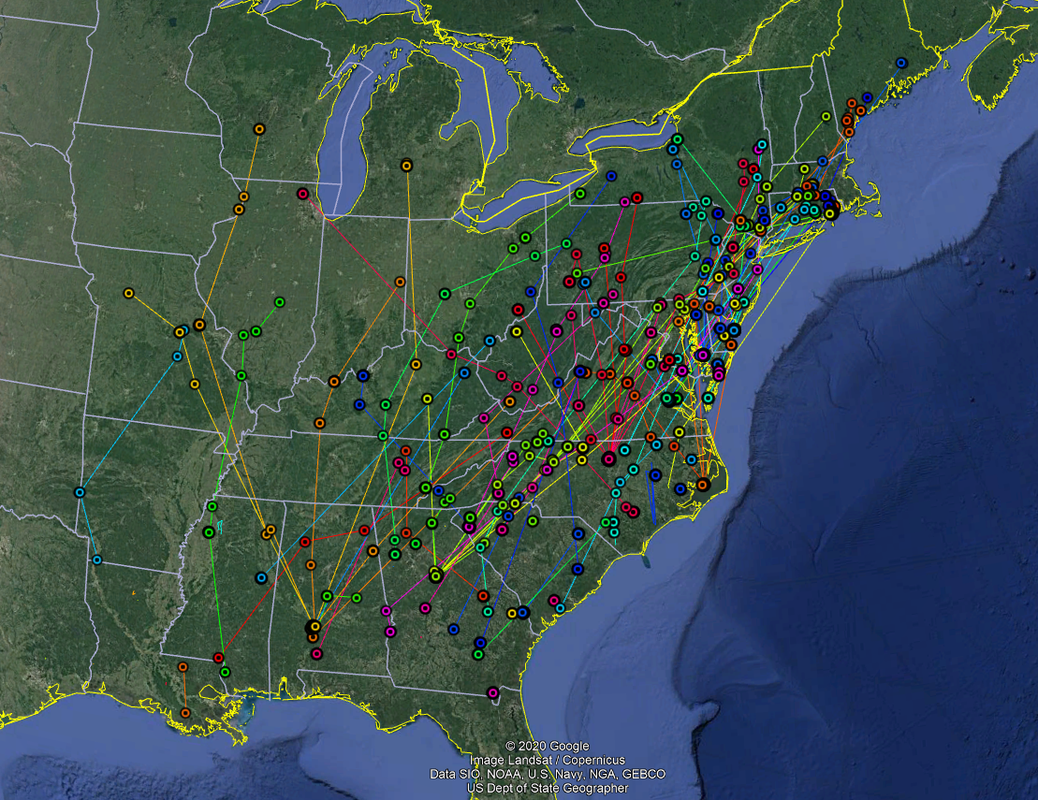
Map of 20 March 2020: the woodcocks began moving north at the end of February / beginning of March for most of them. A few began earlier, and some, marked in Georgia, South Carolina, and North Carolina, have not left yet. A few have flown as far north as Wisconsin, Maine, and Michigan. As birds continue to move north, they are arriving on the edge of the snowpack and will likely need to wait for the snow to melt before continuing further north. (Credit EWMRC)
Perspectives
As one of the participants in the study said, “The woodcock migrations study will enable us to learn about woodcock migration in 3 years than we’ve learned in the past 50 years using leg banding”. The goal is to gain a comprehensive understanding of woodcock migratory movements throughout the species’ range. This information can then be used to help plan habitat improvement projects, manage hunting, evaluate timing of breeding season surveys, and increase the knowledge of the species’ ecology and avian migration in general.
References and links
Eastern Woodcock Migration Research Cooperative
the EWMRC is a cooperative group of federal and state agencies, non-government organizations, and universities interested in understanding the full-annual-cycle movements of American woodcock, with a particular interest in migration.
Photo: A wookcock captured for marking (credit EWMRC)


